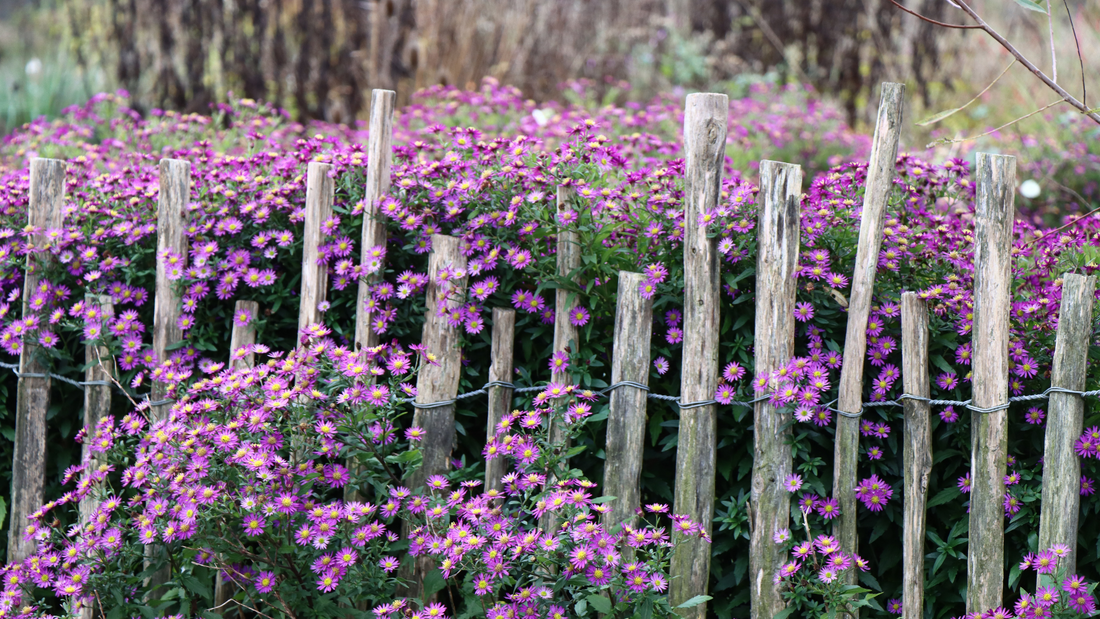

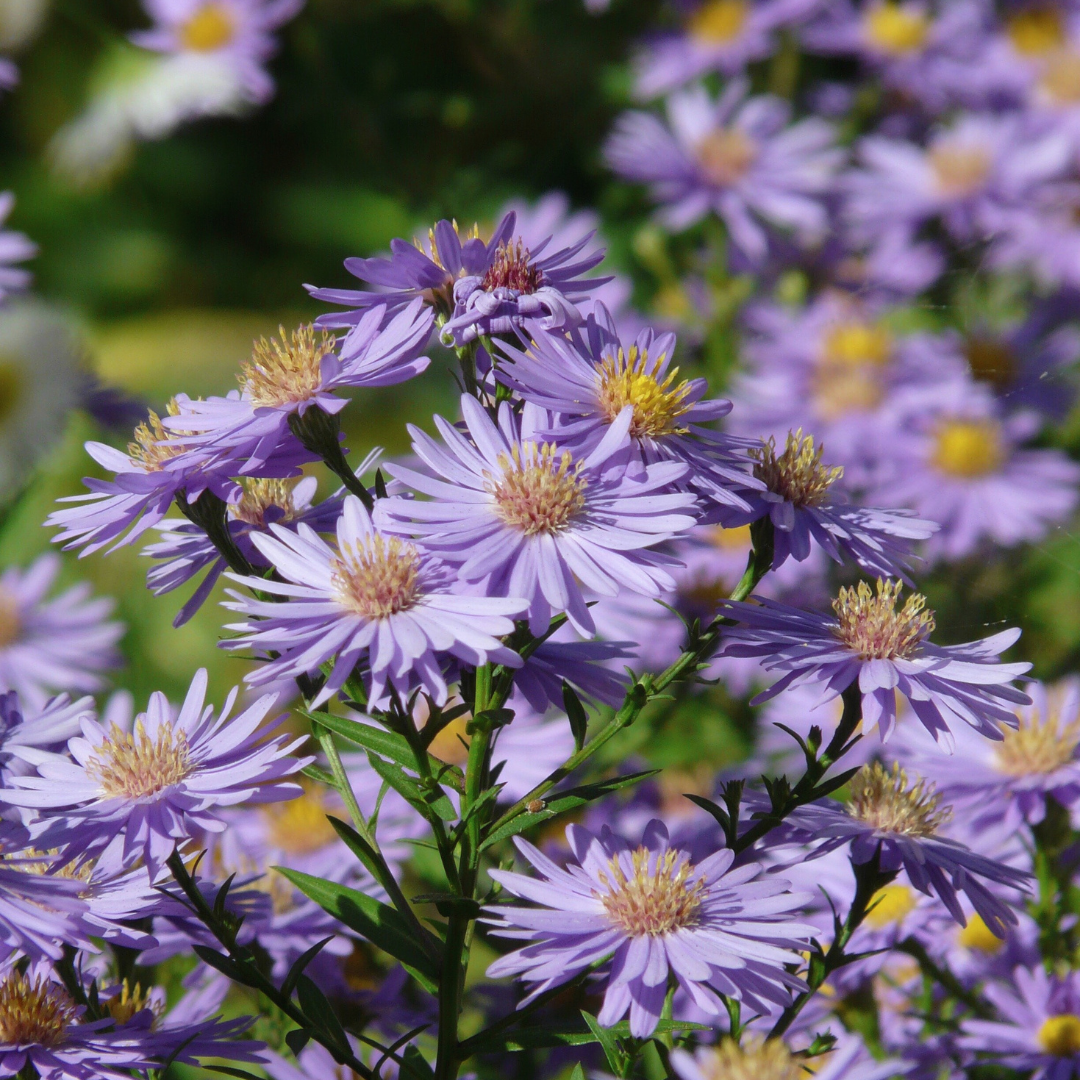
Aster ‘New England’ - An Iconic Native Plant
If you’ve traveled across the continental United States, you’ve likely seen fields of vibrant rose-purple flowers with yellow-orange centers. These beautiful New England Asters are native to most of the U.S. except for a few states like Arizona, Idaho, Nevada, Texas, Florida, and parts of Canada.
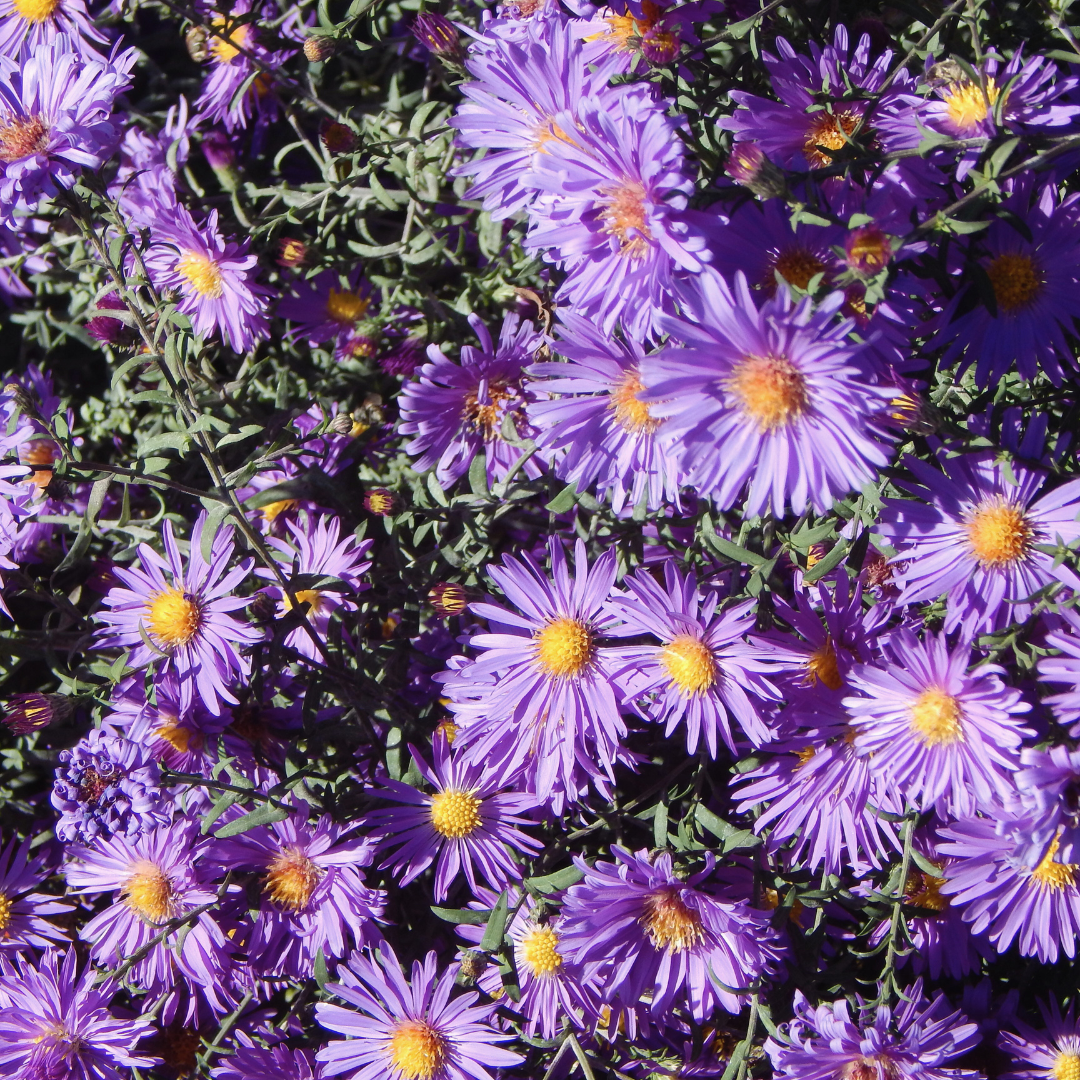
Cultural Significance and Traditional Uses
The New England Aster isn't just a pretty face; it also holds cultural significance. Among the Lakota, the entire plant was burned in sweat lodge ceremonies, and the Potawatomi used Aster smudge to revive the unconscious. This rich history adds depth to its appeal in any garden.
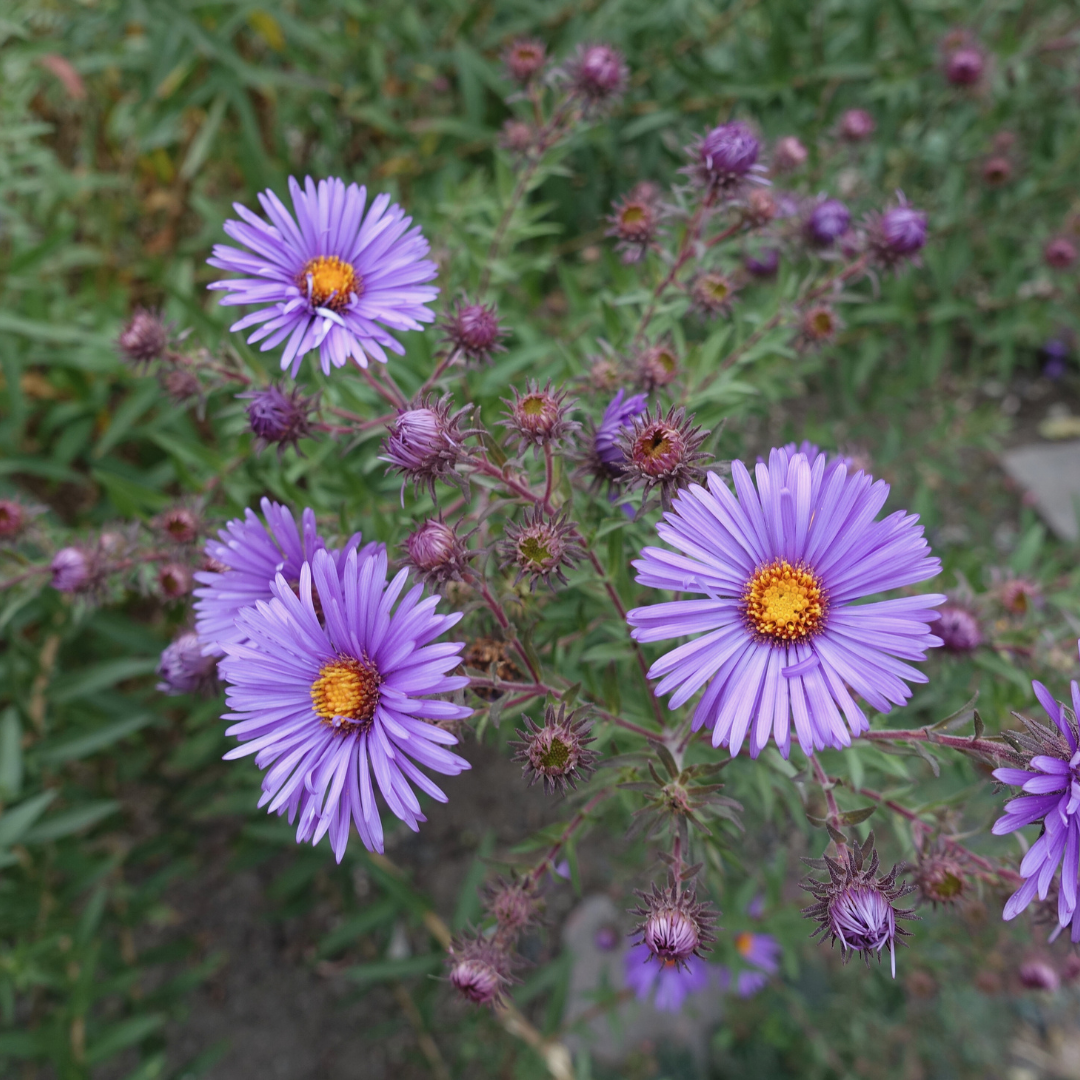
Benefits of Growing Native Asters
As a native plant, New England Aster offers numerous benefits that go beyond its striking appearance. With thick, fibrous roots, it’s excellent for stabilizing shorelines and controlling erosion. Unlike many imported plants, these asters are tough and low maintenance, thriving in challenging conditions without much water. They’re perfect for creating a resilient landscape that’s hard to kill!
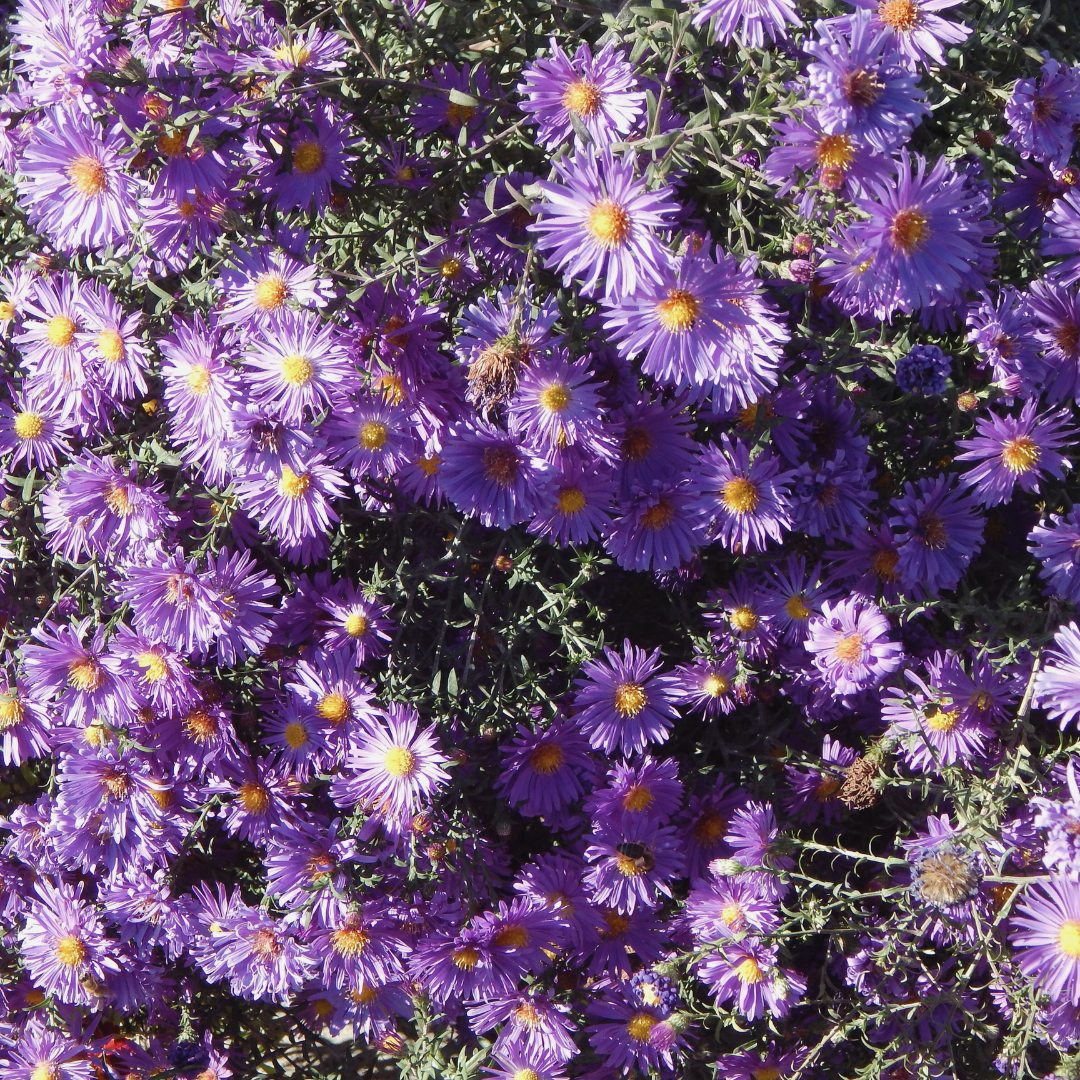
Pruning New England Asters: A Gardener’s Guide
Left unchecked, New England Asters can reach over 6 feet in height, often resulting in lanky, floppy plants. Cue the chills! But don’t worry—pruning is your friend here. After a few years, start by cutting the plant back by half to one-third around Memorial Day. For those who are up for it, give them another trim around the 4th of July, but be gentler this time. This will encourage bushier growth and extend the blooming season, giving you more time to enjoy their beauty. If you prefer a more natural look, letting them flop over can add late summer and early fall interest to your garden.
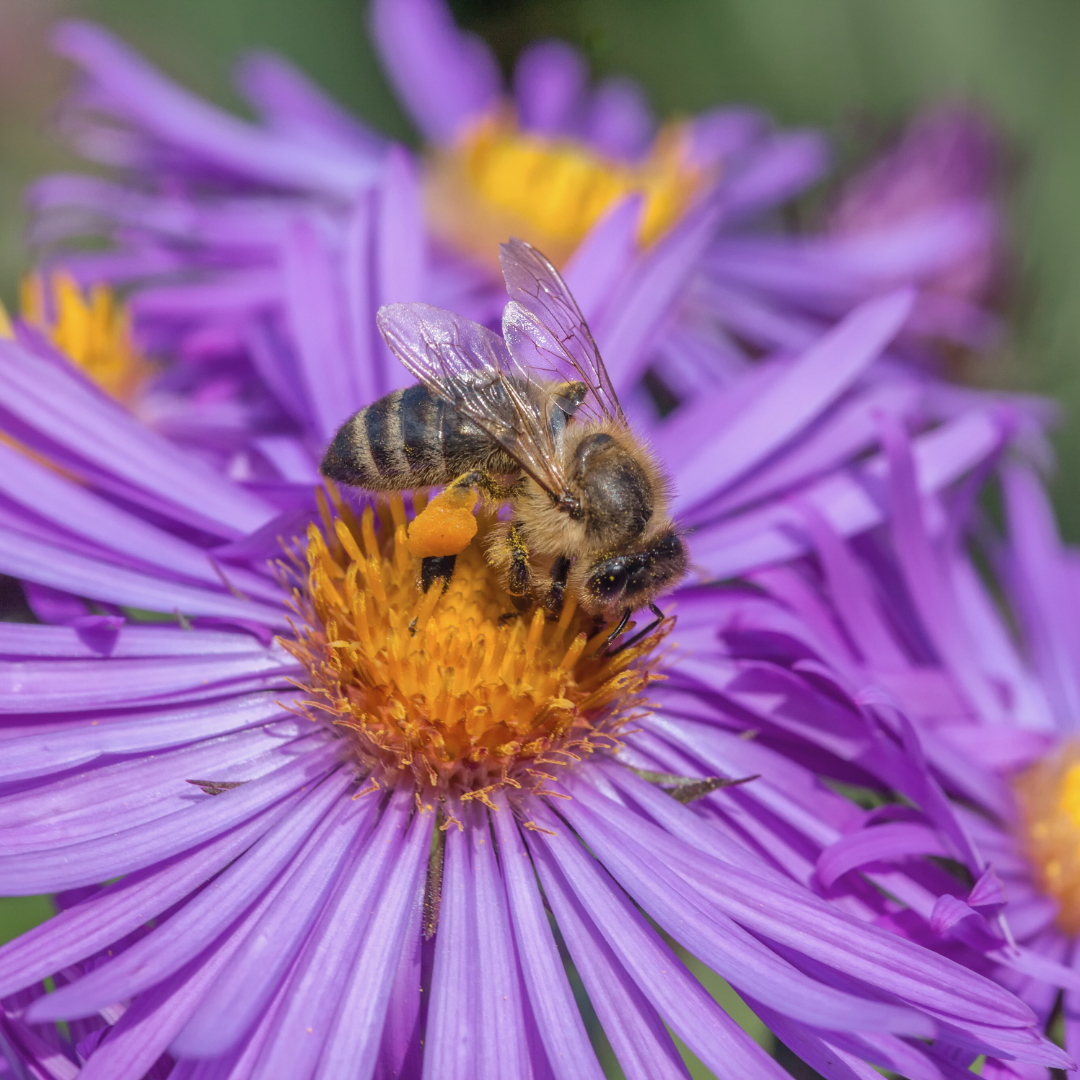
Growing Tips for New England Aster
For the best results, sow New England Aster seeds in spring or fall and ensure they undergo cold stratification. These plants thrive in soil temperatures of 70°-75°F and take 60-90 days to mature. However, patience is key—they may take one to three years to establish and begin flowering. They prefer full sun, though a bit of afternoon shade can help prevent wilting in hotter climates.
New England Aster
Quick Plant Details
Botanical Name: Symphyotrichum novae-angliae
Life Cycle: Perennial
Hardiness Zones: 3 - 9
Soil Temperature: 70°- 75°F
Best Planting Seasons: Spring, Fall
Stratification: Recommended
Planting Depth: Surface Sow and lightly cover
Growth and Bloom Information
Average Germination Time: 21 - 45 Days
Light Requirements: Full Sun, Part Shade
Days to Maturity: 60 - 90 Days
Mature Height: Up to 6 feet
Bloom Season: Late Summer, Early Fall
Bloom Color: Rose-purple with Yellow-orange centers
Special Features
Native Plant: Perfect for erosion control and low-maintenance landscapes
Resource Efficiency: Requires minimal water and care
Edibility: Every part of the plant is edible
Deer Resistance: Minimal pressure from deer
Container Friendly: Suitable for container gardening
-
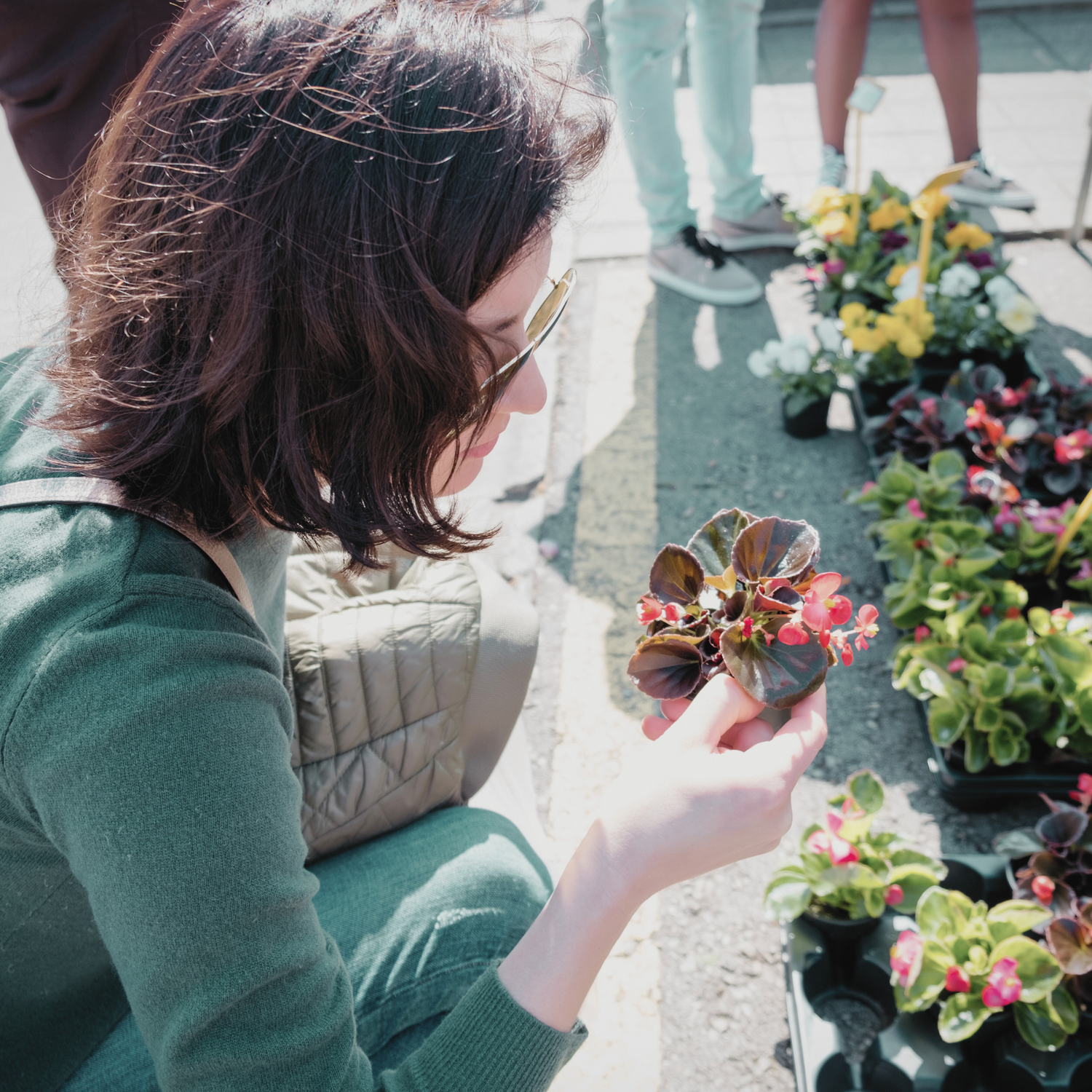
Live Plant Availability
Discover what’s thriving at Nevermore Nursery with our live plant selection, updated...
-
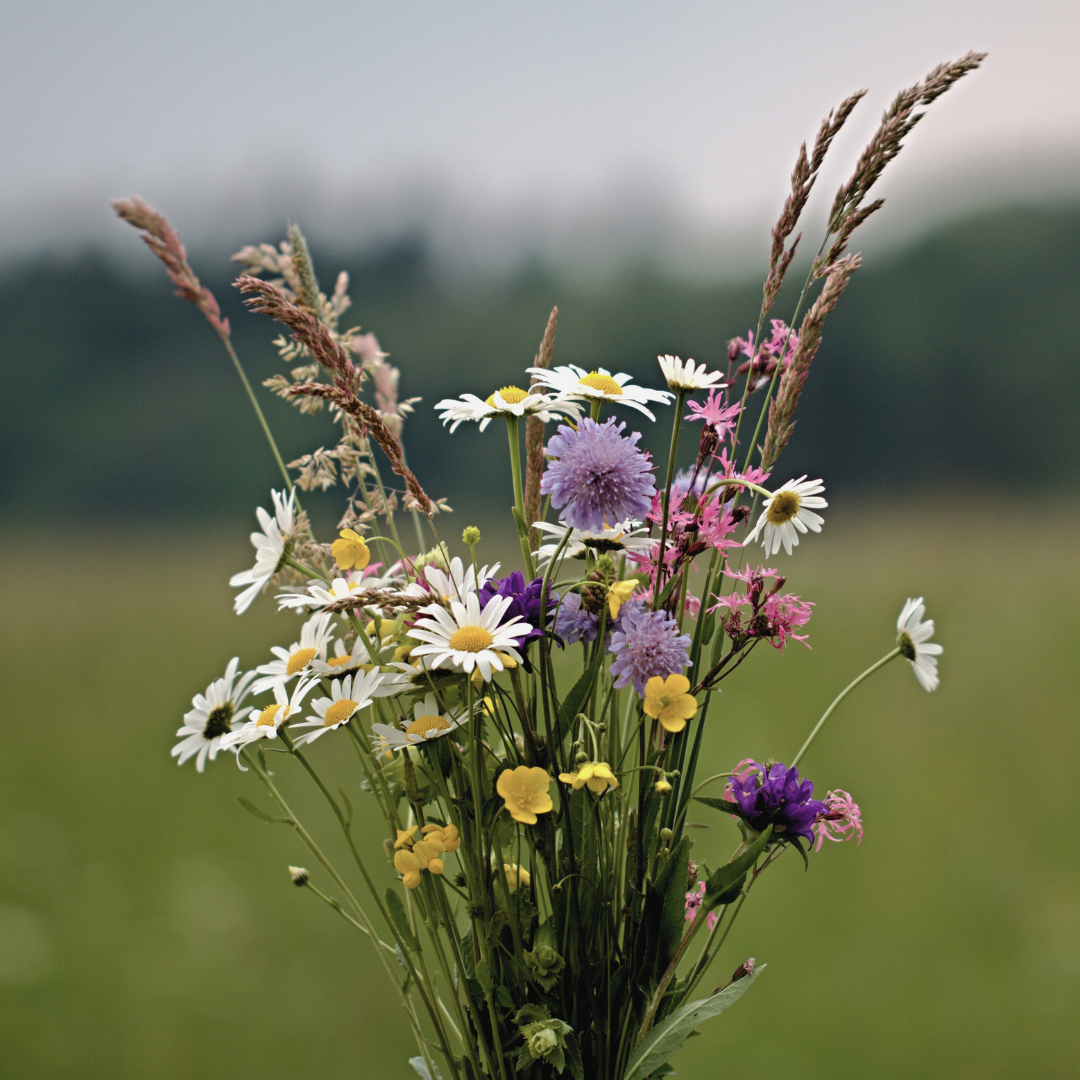
Hand-Packaged Seeds
Grow a little piece of Nevermore Nursery wherever you are with our...



